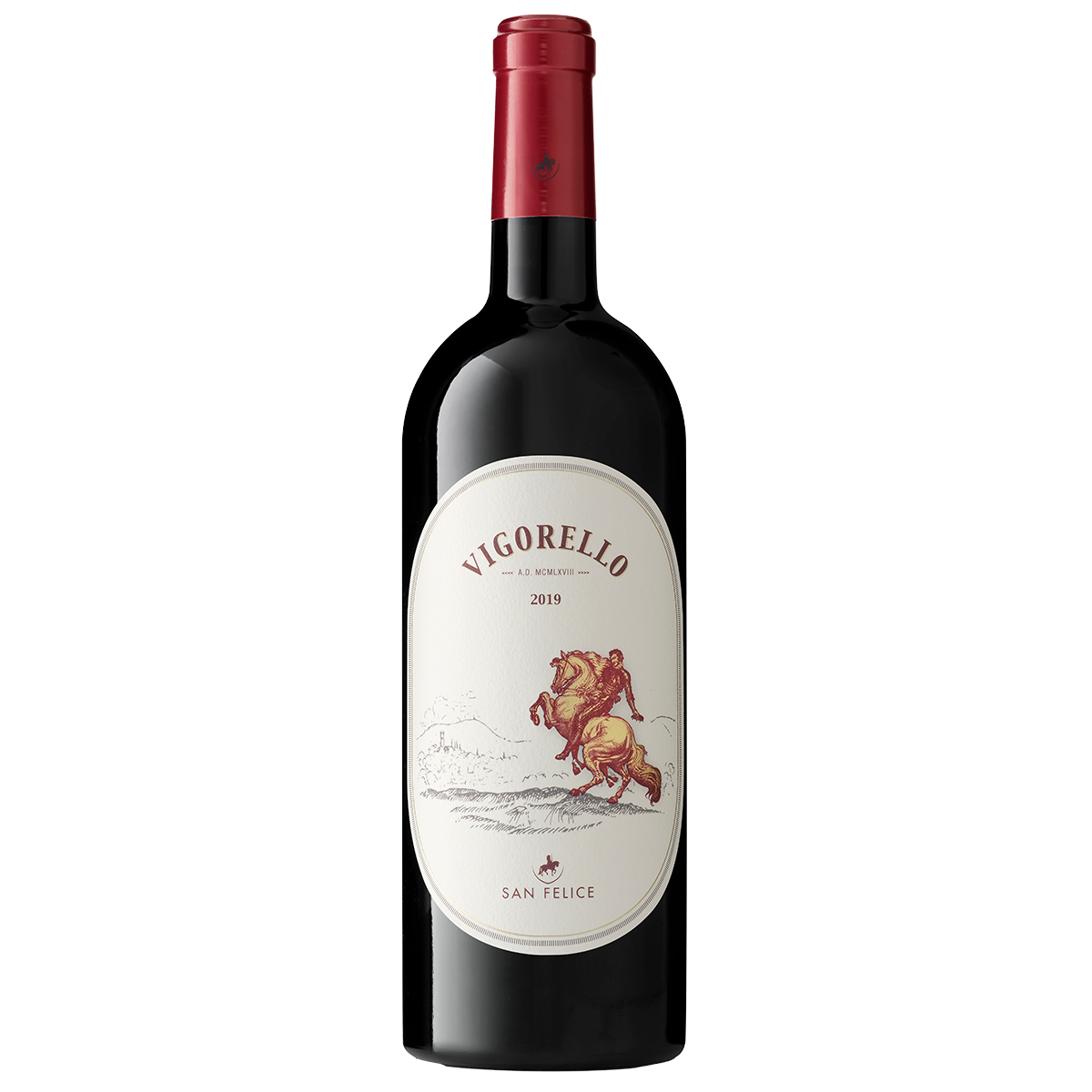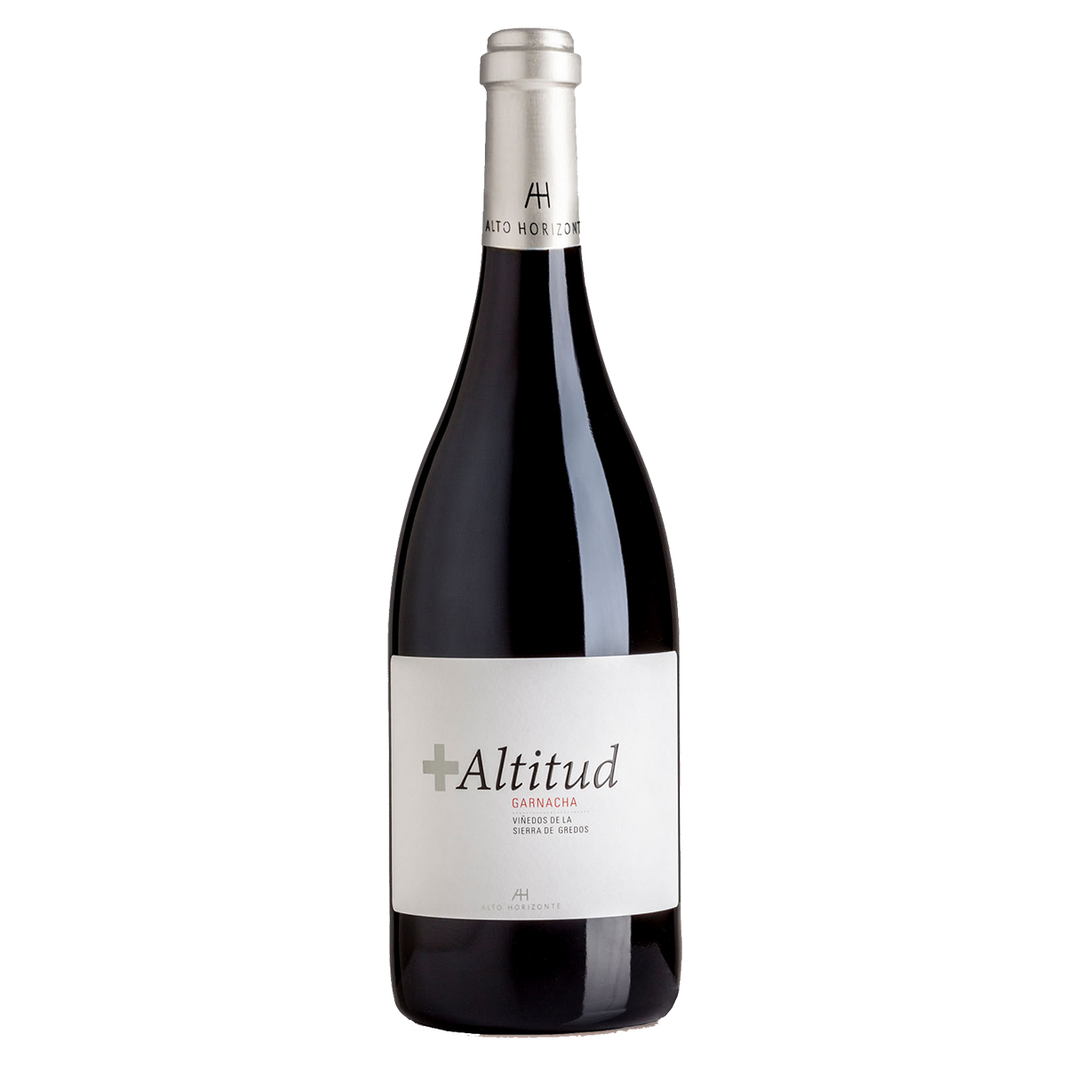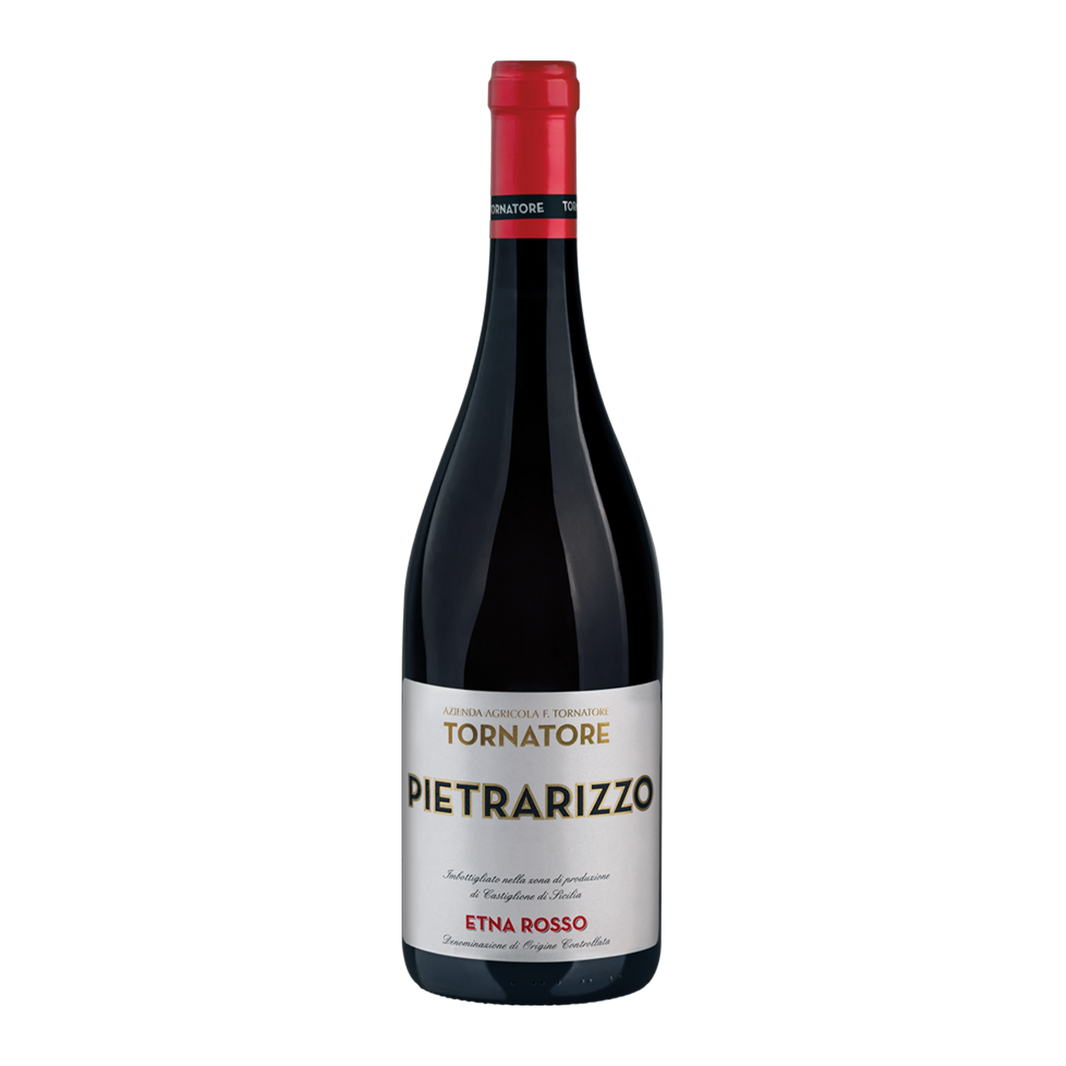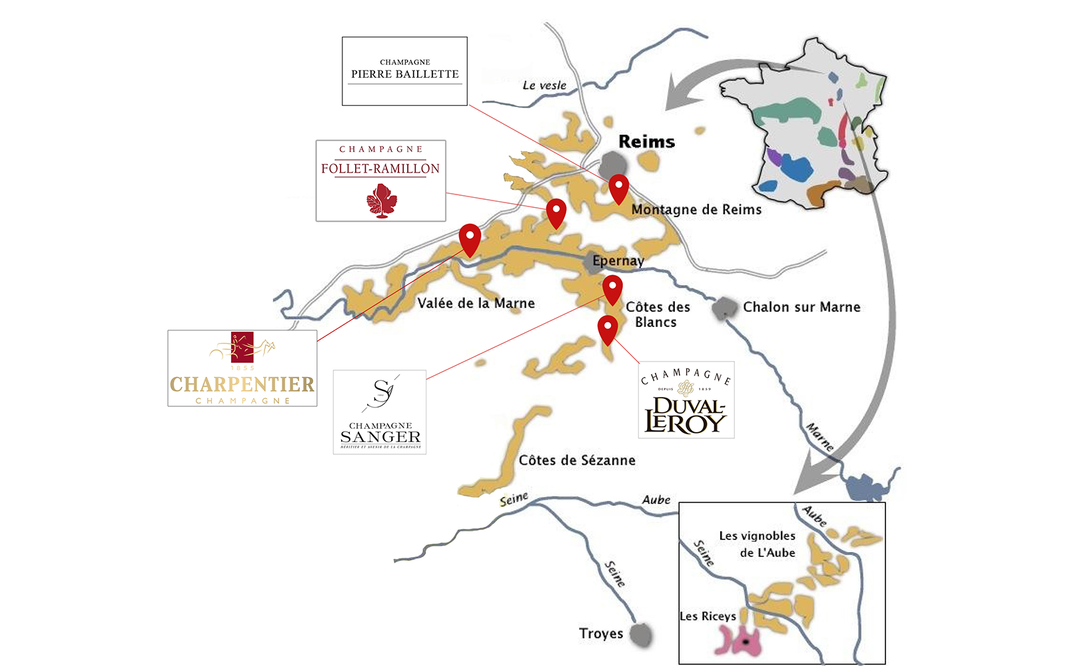Vigorello 2019 San Felice
San Felice ・ Vigorello 2019
19R4064
Red
- Regular price
- ¥11,660
- Sale price
- ¥11,660
- Regular price
- ¥14,575
Tax included.
1btl.
750ml
Shipping calculated at checkout.
First released in 1968, Vigorello was the start of a new generation of Tuscan wines that have since become known as Super Tuscans. Today, it also includes Punitello, an ancient indigenous grape variety revived by San Felice to emphasize its Tuscan character.
Tasting Comments
Tasting Comments
Tasting Notes
Pairing
Technical Data
Technical Data
evaluation
evaluation
Specifications
Specifications
- Appellation
- Tuscany
- Alcohol
- 13.5
- Varietal
- Punitello 35%, Merlot 30%, Cabernet Sauvignon 30%, Petit Verdot 5%
Customer Review
Customer Review

About the Winery
recommendation










